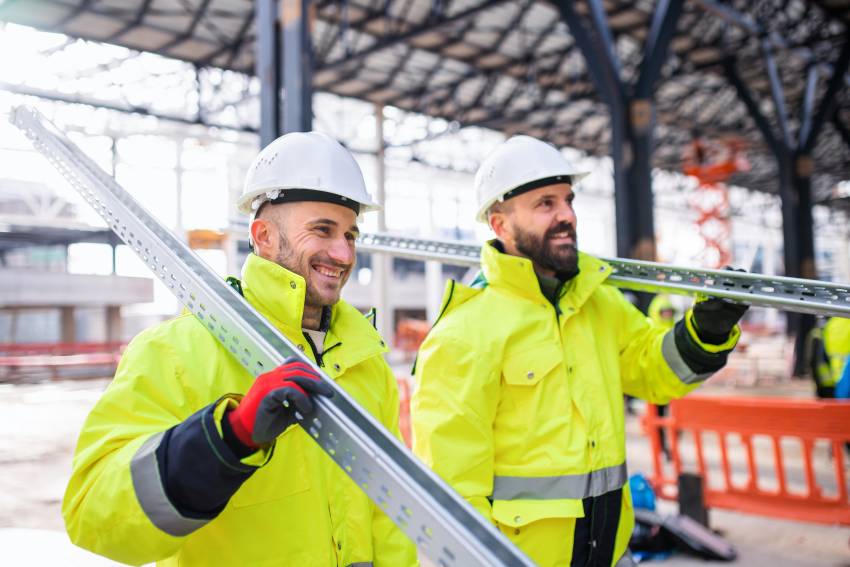Creating an effective construction safety training program for diverse teams in a multilingual workforce requires a thoughtful and inclusive approach that addresses both language barriers and cultural differences. First and foremost, the program should be designed with the understanding that safety is paramount in the construction industry, and effective communication is critical to ensuring that all team members are well-informed and can perform their tasks safely. The foundation of a successful training program is the development of clear, concise, and culturally sensitive content. It is essential to create training materials in multiple languages that accurately convey the safety protocols and procedures. Professional translation services should be employed to ensure that the translations are precise and contextually appropriate, avoiding any potential misinterpretations. Additionally, visual aids such as diagrams, videos, and infographics can significantly enhance understanding, as they transcend language barriers and provide a universal means of communication.

Beyond translation, the training program must incorporate culturally relevant examples and scenarios that reflect the diverse backgrounds of the workforce. This involves understanding the cultural norms and practices of different groups and tailoring the training content to address specific safety concerns and practices that may be unique to each culture. For instance, some cultures may have different approaches to authority and safety compliance, which should be considered when designing training modules. Interactive and participatory training methods can also be highly effective. Engaging workers through hands-on activities, role-playing scenarios and group discussions encourages active learning and allows for the clarification of any misunderstandings. In a multilingual setting, employing bilingual or multilingual trainers can facilitate more effective communication and ensure that all participants receive the necessary information in a language they understand. To further support effective training, ongoing assessments and feedback mechanisms are crucial. Regularly evaluating the effectiveness of the training program through quizzes, surveys, and practical assessments can help identify areas where additional support may be needed. Providing opportunities for workers to give feedback on the training content and delivery can also help in making continuous improvements and addressing any emerging needs or challenges.
Additionally, establishing a clear system for reporting safety concerns and incidents is vital. Workers should feel confident and comfortable reporting hazards or unsafe practices, regardless of their language proficiency. This system should be easily accessible and provide support in multiple languages, ensuring that all employees can communicate their concerns without fear of misunderstanding or retaliation. Finally, fostering an inclusive safety culture within the organization is essential. Leaders and supervisors should model safe behaviors and demonstrate a commitment to addressing safety issues across all language groups click here. Encouraging open dialogue and mutual respect among team members helps in building a cohesive and supportive work environment where everyone feels valued and empowered to contribute to maintaining a safe workplace. In summary, an effective construction safety training program for a diverse, multilingual workforce involves clear and culturally sensitive content, the use of visual aids, interactive methods, bilingual trainers, ongoing assessments, accessible reporting systems, and a strong safety culture. By addressing these elements, organizations can ensure that all team members are equipped with the knowledge and skills necessary to work safely and contribute to a safe and productive construction site.


